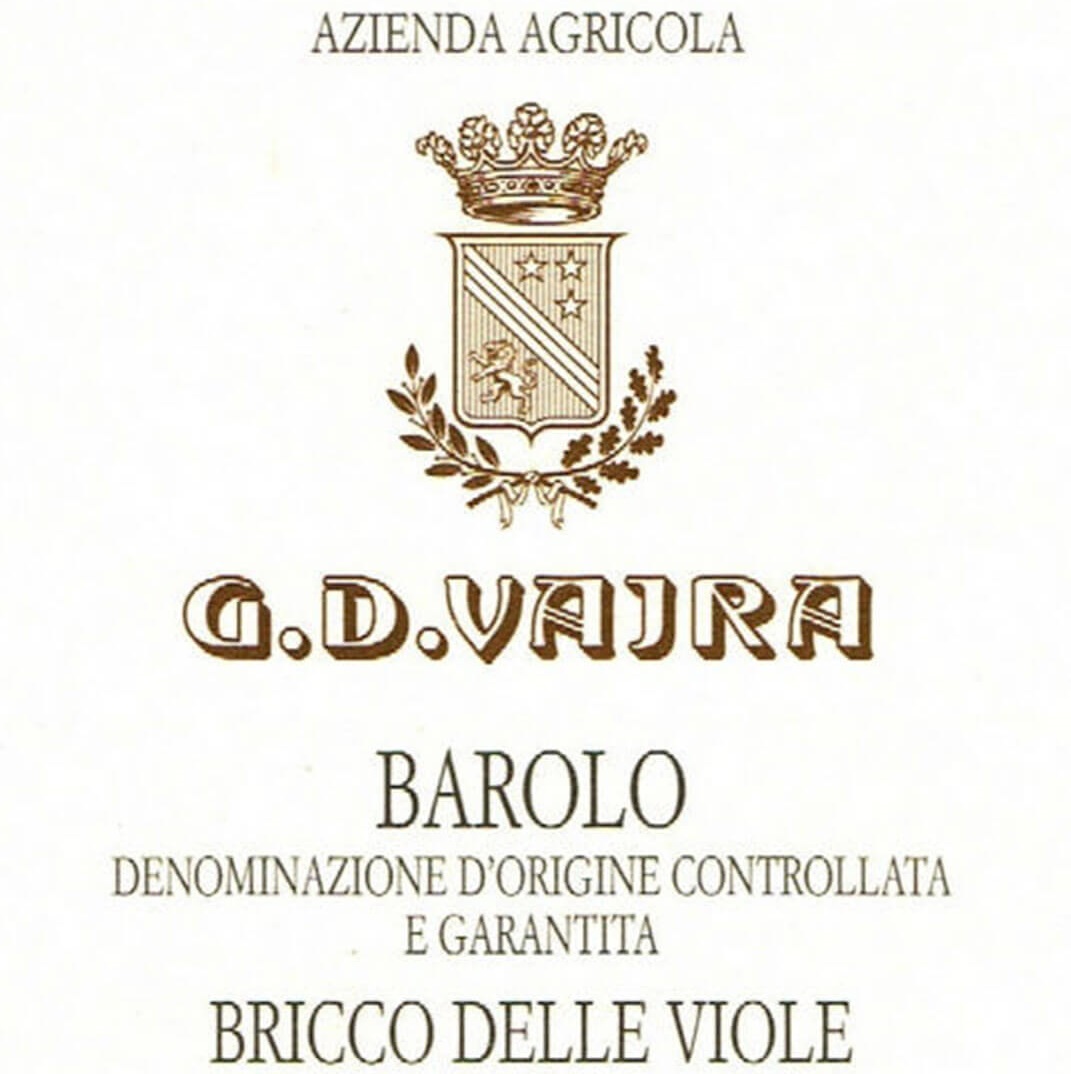Barolo Red Blend
G.D. Vajra Bricco Della Viole is an exquisite red blend hailing from the prestigious Barolo region, known for its remarkable Nebbiolo wines. This wine showcases a beautiful deep red color, inviting you to explore its rich character. The body is notably full, offering a luscious mouthfeel that captivates the palate. With high acidity, it presents a bright and lively profile, enhancing its overall freshness and vibrancy. The wine features pronounced fruit intensity, highlighted by notes of dark cherries, blackberries, and subtle hints of florals, creating a harmonious balance. Tannins are firm and structured, lending support to the wine's complexity without overwhelming it. As a dry offering, G.D. Vajra Bricco Della Viole is perfect for pairing with savory dishes or enjoying on its own, making it a true reflection of the terroir from which it originates.
G.D. Vajra Bricco Della Viole is an exquisite red blend hailing from the prestigious Barolo region, known for its remarkable Nebbiolo wines. This wine showcases a beautiful deep red color, inviting you to explore its rich character. The body is notably full, offering a luscious mouthfeel that captivates the palate. With high acidity, it presents a bright and lively profile, enhancing its overall freshness and vibrancy. The wine features pronounced fruit intensity, highlighted by notes of dark cherries, blackberries, and subtle hints of florals, creating a harmonious balance. Tannins are firm and structured, lending support to the wine's complexity without overwhelming it. As a dry offering, G.D. Vajra Bricco Della Viole is perfect for pairing with savory dishes or enjoying on its own, making it a true reflection of the terroir from which it originates.




